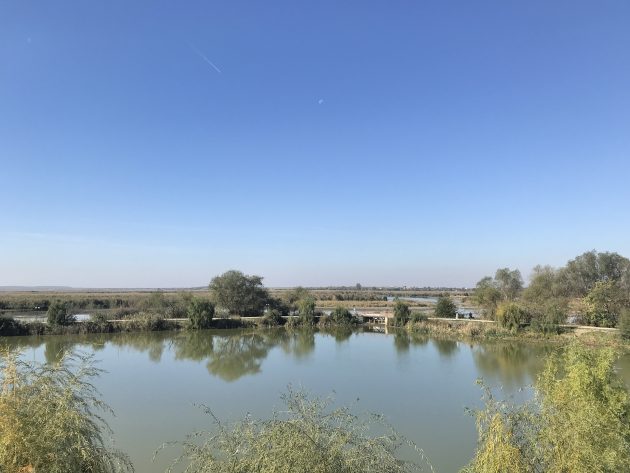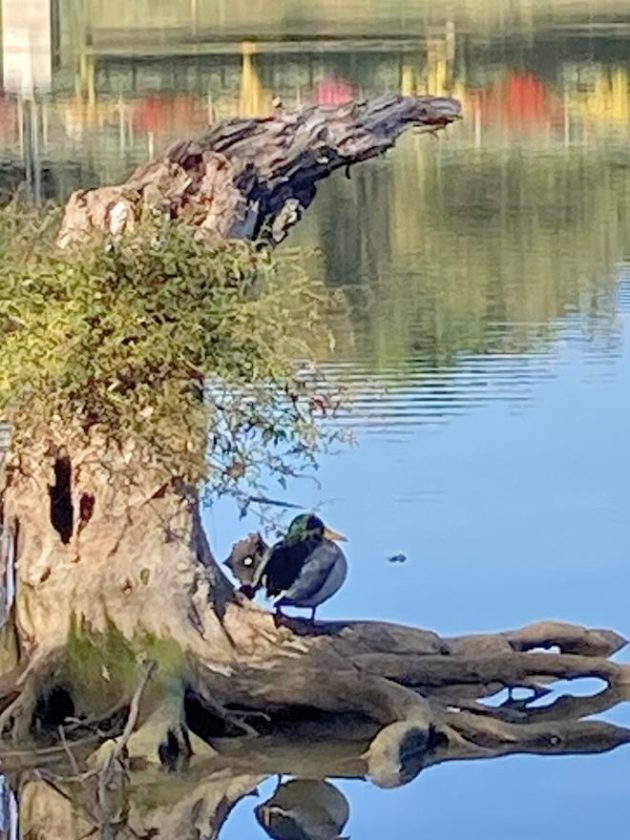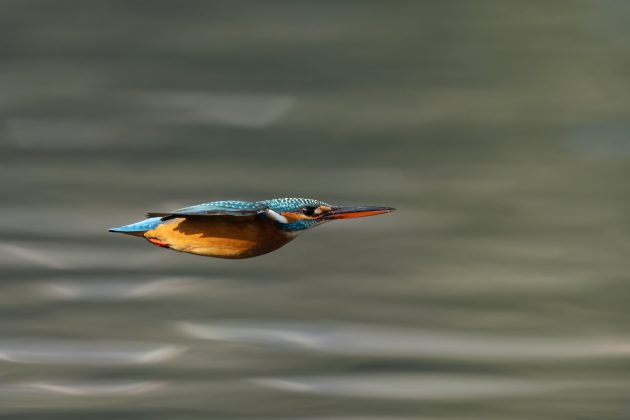Whitby is a quaint fishing port on the Yorkshire coast. I lived nearby with my family in the early nineties – my youngest son was born a Yorkshireman. According to Bram Stoker, it is in Whitby that Count Dracula landed in England. That’s the beginning of the end of that story, but I was standing at the beginning of the beginning. I was in Comana, Romania – a town founded by Vlad Tepes also known as Vlad the Impaler, Count Dracul himself (1431 – 1476).
I had travelled to Romania for a conference on sustainability. After my keynote speech had been delivered – some say to a standing ovation, others were less impressed – I had a day to explore the Romanian birdlife. The Danube Delta was too far away, but the Neajlov Delta (also known as Comana Pond) was right around the corner. Traveling by road in Romania isn’t superfast so the 50 km from Bucharest took about an hour. Still, small price to pay for what is apparently the second-largest delta in the country. And that’s where the story began.

Impaling is not only done by Romanian medieval princes. There are six species of shrike in Romania. Isabelline Shrike, Masked Shrike, Woodchat Shrike, Great Gray Shrike, Red-backed Shrike, and Lesser Gray Shrike. Of these, only the latter three are common. Wouldn’t it be fantastic to see a shrike in Vlad’s nature reserve? That was my hope, but I also planned for at least one lifer – Pygmy Cormorant. With these two goals I would be either very satisfied, half satisfied or doubly disappointed. I liked my odds.
With me were my Romanian hosts Gabriela, Lacramioara and Daniel. None of them are birders which was clearly evidenced by their proposal to pick me up at 10:00. Remarking just once that “the afternoon starts at 10:00” and seeing their appalled expressions I accepted my fate and my hosts’ remarkable hospitality. Would you take someone with some weird hobby out for a whole day? Starting long before dawn to go and see coins or stamps? I wouldn’t.
The Comana Pond area has a restaurant with a view of a boating lake, ziplines and other entertainment. The lake may be artificial, but it had a coming and going of Pygmy Cormorants. Lifer in the bag well before lunch. I was half satisfied! My Romanian hosts were quickly getting into bird photography – a field I do not excel in. Early in the walk that meant taking pictures of calmly posing Mallard.

A Great Egret was a pleasant surprise as eBird claimed it was rare in the area. Lots of oohs and aahs and I started to really appreciate my company’s enthusiasm. These birds were not special to me, but they were very special to them. Appreciation is like laughter, contagious. A good feeling.
Eurasian Tree Sparrows, Chiffchaff and Sedge Warblers were good finds, but the highlight of the walk came with a turquoise-blue flash: Common Kingfisher. Whoever decided to put the word “common” in the name of this flying jewel deserves to be handed over to Vlad for summary punishment. What an amazing bird it is. No matter how many times you see them, it continues to be one of Europe’s most beautiful creatures. Everyone had good views of the bird. It posed on a rush stem, it plunged in the water fishing, and it flew by several times. Smartphones were used for filming with quite decent results.

We celebrated with a hearty Romanian lunch in the Comana restaurant. We only walked the paths in the garden and a bit into the wilder areas of the park. There are also rougher paths and bicycle tracks into the swamp itself. I have not been able to explore those paths but maybe next time. If you know more, please comment. What I did see was the effect of last summer’s drought. Mudflats were still exposed and baked dry. Water has returned since the summer but not completely, and it seemed to me that there was quite some damage to the vegetation. However, the drought could also have served as a “reset” and things may return greener and lusher in spring. Probably worthwhile to check it out in March-April. Who knows?
Of course, we never saw shrikes. I checked the eBird species list for the area afterwards and it turned out that only one Red-backed Shrike had been spotted in the entire year, back in July. With everything that we did see, the enthusiastic company and the Kingfisher I’m not even half satisfied. No, I am very satisfied, after all, impaling is overrated…
Photography credits: Woodchat Shrike by my friend José Leal, Kingfisher by Prasan Shrestha at Wikimedia Commons.
Source link
Facebook
Pinterest
Twitter
LinkedIn

